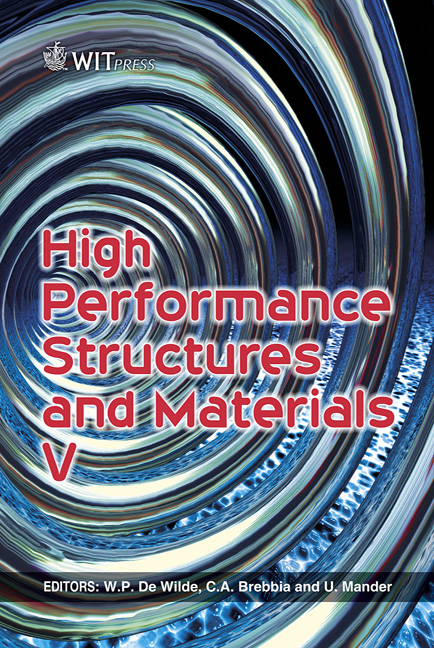An Incremental Modelling Approach For The Computation Of Elastic Tool Effects During Metal Forming Simulations
Price
Free (open access)
Transaction
Volume
112
Pages
11
Page Range
497 - 507
Published
2010
Size
1,367 kb
Paper DOI
10.2495/HPSM100461
Copyright
WIT Press
Author(s)
S. Puchhala, M. Franzke & G. Hirt
Abstract
The elastic behaviour of the forming tools has a significant influence on the quality of the end components. For example, in the case of the flat rolling process, the strip quality criteria, i.e., strip flatness and thickness profile are highly influenced by the elastic deformation of the working rolls. The Finite Element (FE) Method is the standard approach for the computation of such forming processes. Considering the elastic effects of the tolls in a single FE model using a traditional approach (standard in the case of commercial FE programs) will lead to large FE models (as very fine descretization of work piece as well as tool at the contact regions is necessary). As a result, the computation requires tremendous amount of time and resources. This paper presents a recently developed concept, which meets the above mentioned demands very efficiently. Within this concept, the computation of the tool elastic effects is separated from the process simulation. The advantages of this concept include, easy handling of the contact situations, reduced FE model size as the tool is modelled as the rigid body and good convergence of the computation. On the other hand, for the validation of the concept, optical measuring techniques were used to validate the numerical simulations. The experimental results of the flat rolling process were compared. To show the portability of the developed concept, qualitative results of the forging process were also given. Keywords: modelling of the flat rolling process, elastic tool behaviour, strip tension modelling, optical measuring techniques.
Keywords
modelling of the flat rolling process, elastic tool behaviour, strip tension modelling, optical measuring techniques





